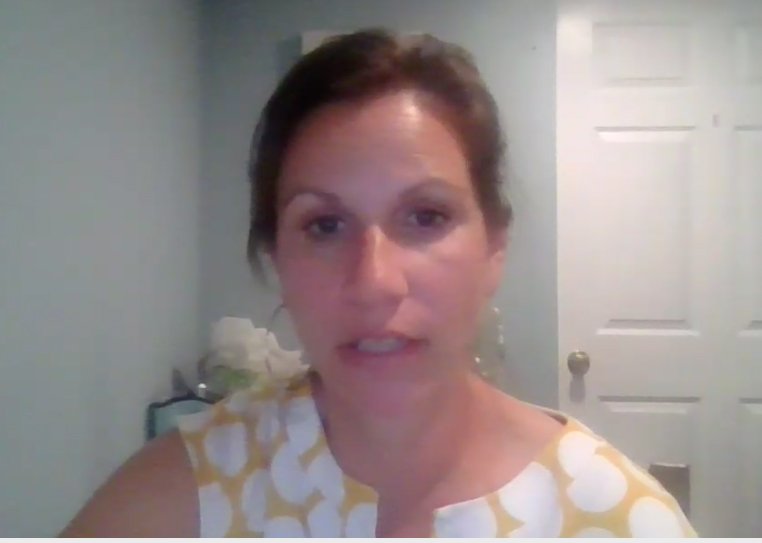
One of the three projects the township Environmental Commission hopes will help mitigate the effects of development in the township has to be scrapped, the township’s open space consultant said on August 11.
A system that would have captured and treated stormwater runoff from the roof of the township’s Department of Public Works building can’t be installed there because of the way the property slopes, consultant Tara Kenyon said at the monthly meeting of the Trails Advisory Committee.
Kenyon was giving committee members a report on the Environmental Committee’s August 2 meeting, at which the three projects she presented were endorsed.
Kenyon said that in speaking with Carl Hauck, the township’s public works manager, it was determined that the water retention system would not work there.
“It’s probably not going to work at the DPW because of the slope and where it runs off to, and it would not capture as much runoff as what we could do somewhere else,” she said.
It was estimated that the system would capture 3,730 gallons of runoff per storm.
“We’re looking at other spots,” she said.
The issue of capturing stormwater runoff is on the Environmental Commissioners’ minds because a study conducted by a team from Rutgers University showed that impervious surface coverage – pavement areas that do not absorb water – increased 30 percent in the township over the last six years.
Impervious surface is most commonly found in asphalt- and concrete-covered parking lots, a necessary feature of the many apartment buildings, warehouses and housing developments that are springing up throughout the township.
There are pervious surface alternatives, but they are typically more expensive to install than impervious concrete and asphalt.
The Rutgers study team developed 26 possible projects at 17 sites in the township, all designed to help mitigate the effects of the impervious surfaces.
The projects range from small retention systems costing about $1,000 to replacing entire parking lots with pervious surfaces at a price tag of hundreds of thousands of dollars.
Kenyon made a study of all 26 projects, weighing each for the amount of runoff that could be mitigated against teh cost, to come up with her three suggestions.
In addition to the DPW building project, which would have cost $2,750. Kenyon recommended a rainwater harvesting cistern at Franklin Park Volunteer Fire Company costing $3,600 and a bioretention system to capture and treat stormwater runoff from the roof of Six Mile Run Reformed Church, at a cost of $3,750.
In all, Kenyon’s recommendations would cost $10,100 and would have treated 10,180 gallons of water per storm, according to the Rutgers calculations.
Kenyon said she would first have to get buy-ins from teh property owners before taking teh projects to teh Township Council for possible funding.
Kenyon said in an email that the three projects “are hopefully just the first suite of projects recommended for implementation. The remaining 14 sites on the list are great projects that may be able to be implemented down the road based on funding availability, reconstruction at one of the sites, etc.”
“Now that we have the updated studies, we can use this information to plan for green infrastructure on a variety of sites in the future,” she said.
 The Franklin Reporter & Advocate Eight Villages, One Community
The Franklin Reporter & Advocate Eight Villages, One Community

